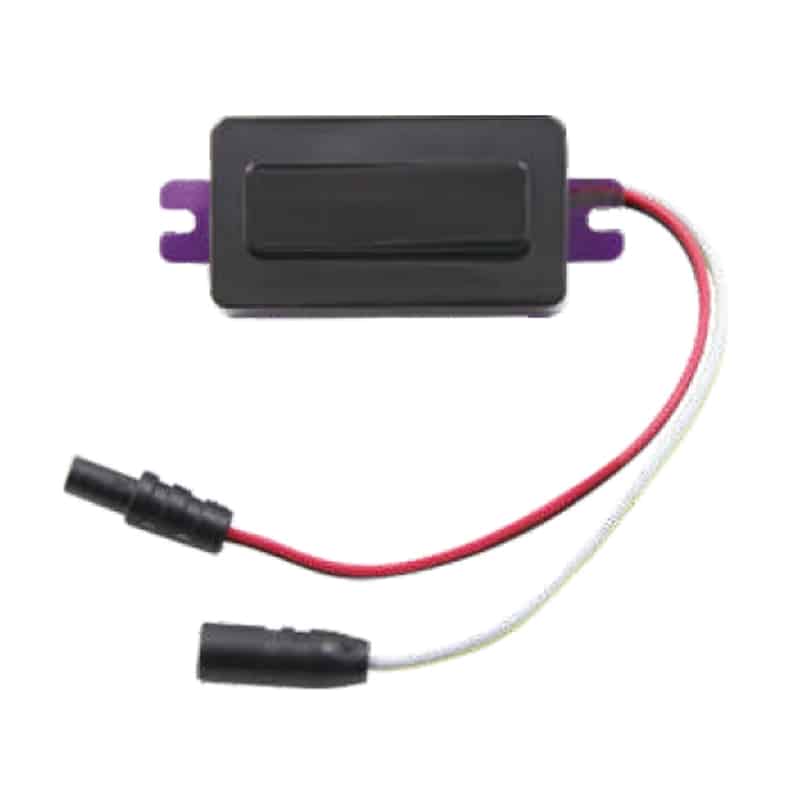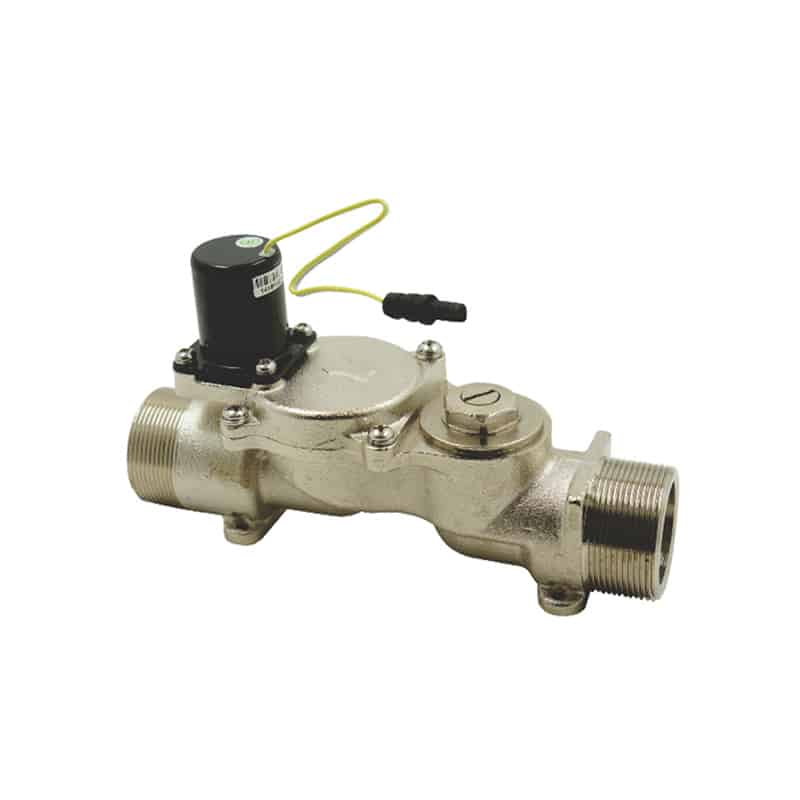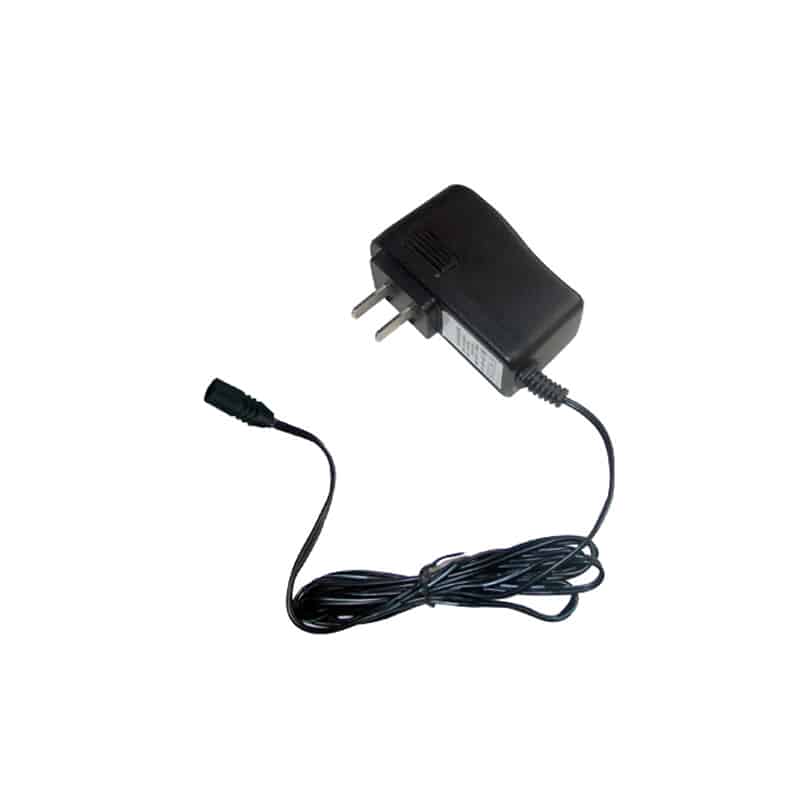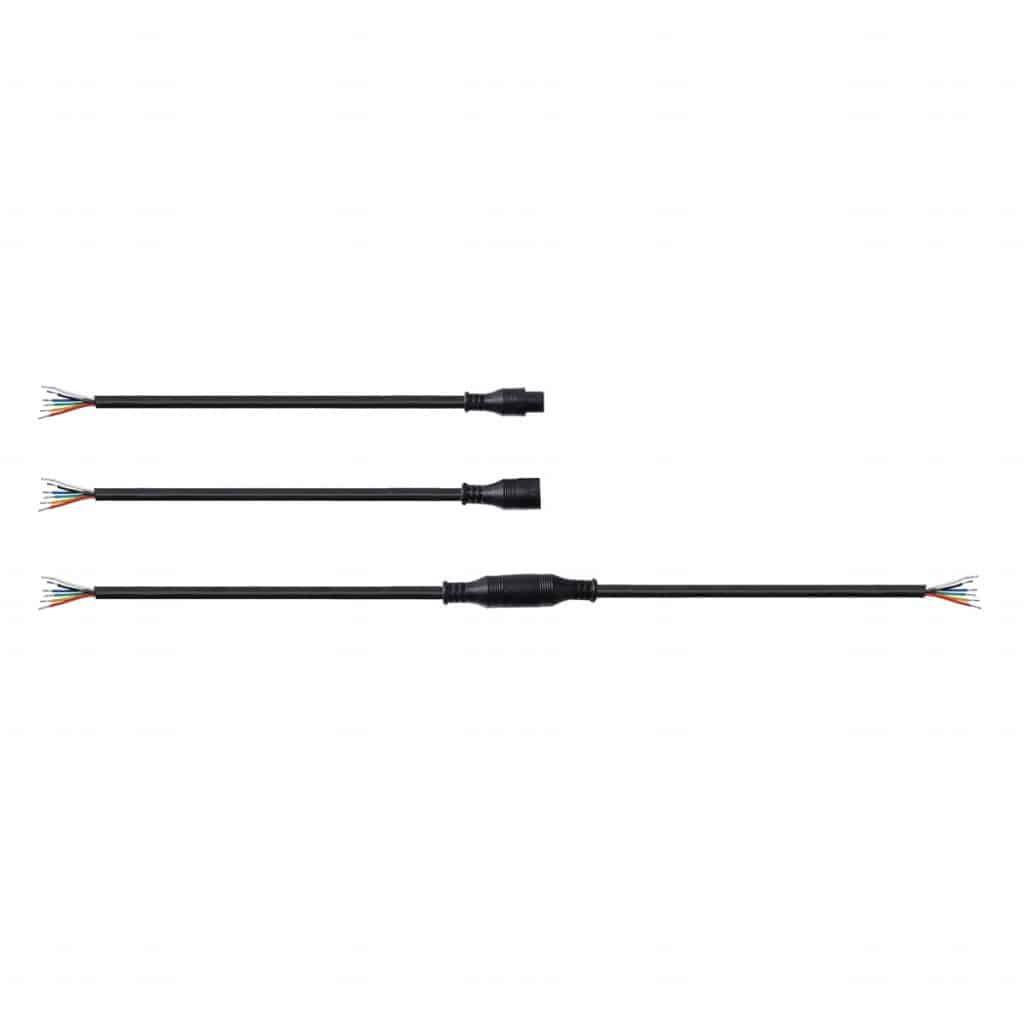If you want to remodel your bathroom and have thought about getting new bathroom units, keep reading. Many homeowners decide to renovate their homes, particularly the bathrooms. Have you ever thought about automatic flush toilets and how they operate? Often we overlook the benefits of an automatic flushing mechanism. This article explains how they function and even how to modify an existing unit.
How do automatic flush toilets work?
After introducing these four essential components, I’ll explain how the toilet sensor flush functions.
Four parts of the touchless urinal flusher system
The faceplate with sensor eye, the solenoid valve, the power supply, and the waterproof connector are the four essential components of the automatic urinal flusher.

The sensor’s primary responsibility is to send signals to the valve, which will activate the urinal flusher when it detects your body. Its responsibility is to alert the valve when your body enters and exits so that the water can be turned on or off. The sensor’s cover is made of the plastic ABS or PA, and an electronic circuit board with a led light is housed inside the sensor’s eye.
Normally the sensor eye is placed on the metal faceplate. Most plates are made of stainless steel, but some might be made of less expensive plastic.

The solenoid valve is controlled by the sensor’s positive or negative signals. The signal’s polarity determines whether the solenoid will engage in a pull- or push-action. The valves use a disc that resembles rubber to control the water flow. The valve is closed when there is no signal, so there is no water flow through the valve. The solenoid will pull the valve open to allow water to flow when it receives a positive signal from a hand. When the hand is gone, the solenoid will push the valve closed.

Every automatic urinal flushing system requires a power supply to function. While some models run on alkaline batteries, others will use an AC transformer to supply low-voltage current.
There are typically three options: AC (using a transformer to convert power from 220V/380V to 6V); DC (using 4xAA alkaline batteries to provide 6V); and both DC and AC models, which first use AC power to function before switching to DC if AC is unavailable. Some touchless faucets may use DC 3V or lithium batteries.

The waterproof connector cables serve as a vital component that joins each component, acting as a bridge between the sensor, the solenoid valve, and the power source (battery or AC adapter). It has strict requirements for the electronic control system and every electronic component, taking into account the humidity of the bathroom and toilet environment as well. KEGE develops and creates anti-plug water-proof connector cables to address the issue. It significantly lengthens the lifespan of touchless faucets, automatic urinal flushers, automatic toilet flushers, and other similar devices as well as the stability and dependability of the entire control system. What’s more, the waterproof grade of the cable reaches ip67.
Cistern Flushing: A cistern flush is an additional popular flushing technique. These urinal cisterns are typically made of plastic and mounted behind wall coverings. An auto-siphon that drains stored water into the sparge pipes allows the system to flush As soon as the water level reaches a certain level, this will cause the urinal to flush.
Hydraulic Valve Flushing: The water supply inlet pipe into the cistern is lined with a hydraulic valve flushing system. The valve operates by detecting a brief drop in water supply pressure. The valve will let water flow into the cistern as soon as there is a pressure drop. [/vc_column_text][/vc_column][/vc_row] [vc_row type=”in_container” full_screen_row_position=”middle” column_margin=”default” column_direction=”default” column_direction_tablet=”default” column_direction_phone=”default” scene_position=”center” text_color=”dark” text_align=”left” row_border_radius=”none 3′′ gradient_direction=”left_to_right” shape_divider_position=”bottom” bg__animation=”none”][vc_column background_color_opacity=”1′′ background_hover_color_opacity=”1′′ column_element_spacing=”default” column_shadow=”none” column_border_radius=”none” column_link_target=”_self” gradient_direction=”left_to_right” overlay_s 3″ height=”1/1″ width=”1/1″ tablet_width_inherit=”default” tablet_text_alignment=”default” phone_text_alignment=”default” bg__animation=”none” border_type=”simple” column_border_width=”none” column_border_style=”solid”][vc_custom_heading text=”How a Toilet Flushes” font_container=”tag:h2|text_al vc_custom_1623955780618{background-color: #c9c9c9 !important;}”][/vc_column][/vc_row][vc_row type=”in_container” full_screen_row_position=”middle” column_margin=”default” column_direction=”default” column_direction_tablet=”default” column_direction_phone=”default” scene_position=”center” text_color=”dark” text_align=”left” row_border_radius=”none” row_border_radius_applies=”bg” overlay_strength=”0. 3′′ gradient_direction=”left_to_right” shape_divider_position=”bottom” bg__animation=”none”][vc_column background_color_opacity=”1′′ background_hover_color_opacity=”1′′ column_element_spacing=”default” column_shadow=”none” column_border_radius=”none” column_link_target=”_self” gradient_direction=”left_to_right” overlay_s The standard toilet flushing system has been around for a while, but there have been some significant improvements over the years. 3′′ width=”1/1′′ tablet_width_inherit=”default” tablet_text_alignment=”default” phone_text_alignment=”default” bg__animation=”none” border_type=”simple” column_border_width=”none” column_border_style=”solid”][vc_column_text]The standard toilet Let’s examine the operation of a toilet flush valve:
[vc_row type=”in_container” full_screen_row_position=”middle” row_border_radius=”none” row_border_radius_applies=”bg” overlay_strength=”0″ text_color=”dark” text_align=”left” row_direction_tablet=”default” phone=”default” column_direction=”default” top_padding=”-5″] 3′′ gradient_direction=”left_to_right” shape_divider_position=”bottom” bg__animation=”none” shape_type=””][vc_column column_padding=”no-extra-padding” column_padding_tablet=”inherit” column_padding_phone=”inherit” column_padding_position=”top” top_margin=”-1′′ column_element_spacing=”default” 3″ width=”1/1″ tablet_width_inherit=”default” tablet_text_alignment=”default” phone_text_alignment=”default” bg__animation=”none” border_type=”simple” column_border_width=”none” column_border_style=”solid”][vc_column_text].
Choose Hydrotek today to find the products you can rely on for all of your touchless toilet and commercial plumbing needs! [/vc_column_text][/vc_column][/vc_row][vc_row type=”in_container” full_screen_row_position=”middle” column_margin=”default” column_direction=”default” column_direction_tablet=”default” column_direction_phone=”default” scene_position=” 3′′ gradient_direction=”left_to_right” shape_divider_position=”bottom” bg__animation=”none”][vc_column background_color_opacity=”1′′ background_hover_color_opacity=”1′′ column_element_spacing=”default” column_shadow=”none” column_border_radius=”none” column_link_target=”_self” gradient_direction=”left_to_right” overlay_s 3″ width=”1/1″ tablet_width_inherit=”default” tablet_text_alignment=”default” phone_text_alignment=”default” bg__animation=”none” border_type=”simple” column_border_width=”none” column_border_style=”solid”][vc_column_text].
This article will explain the differences between a urinal flush valve and a toilet flush valve, as well as where to find the best restroom supplies available. [/vc_column_text][/vc_column][/vc_row] [vc_row type=”in_container” full_screen_row_position=”middle” column_margin=”default” column_direction=”default” column_direction_tablet=”default” column_direction_phone=”default” scene_position=”center” text_color=”dark” text_align=”left” row_border_radius=”none 3′′ gradient_direction=”left_to_right” shape_divider_position=”bottom” bg__animation=”none”][vc_column background_color_opacity=”1′′ background_hover_color_opacity=”1′′ column_element_spacing=”default” column_shadow=”none” column_border_radius=”none” column_link_target=”_self” gradient_direction=”left_to_right” overlay_s 3″ height=”1/1″ width=”1/1″ tablet_width_inherit=”default” tablet_text_alignment=”default” phone_text_alignment=”default” bg__animation=”none” border_type=”simple” column_border_width=”none” column_border_style=”solid”][vc_custom_heading text=”How a Urinal Works” font_container=”tag:h2|text_align: vc_custom_1623955005945{background-color: #c9c9c9 !important;}”][/vc_column][/vc_row][vc_row type=”in_container” full_screen_row_position=”middle” column_margin=”default” column_direction=”default” column_direction_tablet=”default” column_direction_phone=”default” scene_position=”center” text_color=”dark” text_align=”left” row_border_radius=”none” row_border_radius_applies=”bg” overlay_strength=”0. 3′′ gradient_direction=”left_to_right” shape_divider_position=”bottom” bg__animation=”none”][vc_column background_color_opacity=”1′′ background_hover_color_opacity=”1′′ column_element_spacing=”default” column_shadow=”none” column_border_radius=”none” column_link_target=”_self” gradient_direction=”left_to_right” overlay_s The way a urinal flushes depends on the application being used. 3′′ width=”1/1′′ tablet_width_inherit=”default” tablet_text_alignment=”default” phone_text_alignment=”default” bg__animation=”none” border_type=”simple” column_border_width=”none” column_border_style=”solid”][vc_column_text] The cistern in an exposed cistern urinal system is wall-mounted, usually pointing up at the bathroom ceiling. Then, the unit’s bottom will have spare pipes that are visible and mounted to the wall.
